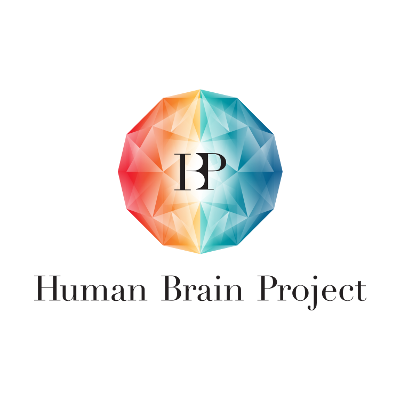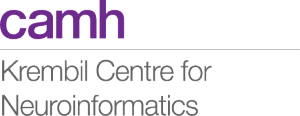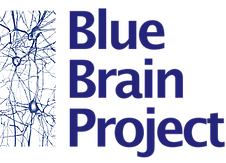Neuroshapes
Open schemas for FAIR neuroscience Data, Schemas and Vocabulary
Why Neuroshapes?
Motivation
Modern scientific data management requires comprehensive support for the FAIR (Findable, Accessible, Interoperable, Reusable) principles. Neuroshapes is a general approach, or design pattern, for supporting FAIR principles for diverse neuroscience data with the following benefits:
- Neuroshapes ensures that the key scientific and technical activities and agents of the data generation process are expressed in a validatable provenance-based data model.
Neuroshapes captures the contextual information necessary to:
- Interpret the scientific meaning of the data.
- Infer the resulting data types.
- Evaluate trust and quality.
- Ensure attribution of all contributors.
- Support data reuse, integration, interoperability and longevity.
Goals
The main goal is to provide design patterns, best practices as well as tools to promote:
- The use of standard semantic markups and linked data principles as ways to structure metadata and related data.
- The use of the W3C SHACL (Shapes Constraint Language) recommendation as a rich metadata schema language which is formal and expressive; interoperable; machine-readable; and domain-agnostic.
- The reuse of existing schemas and semantic markups ( schema.org , W3C PROV-O ) and existing ontologies and controlled vocabularies (including NIFSTD - Neuroscience Information Framework Standard Ontologies).
- The use of the W3C PROV-O recommendation as a format to record (meta)data provenance.
Get Involved
Join the INCF Neuroshapes Special Interest Group:
This SIG aims to coordinate community efforts for the development of open, use case driven and shared validatable data models (schemas, vocabularies) to enable the FAIR principles (Findable, Accessible, Interoperable and Reusable) for basic, computational and clinical neuroscience (meta)data.
INCF SIG on Neuroshapes
This SIG aims to coordinate community efforts for the development of open, use case driven and shared validatable data models (schemas, vocabularies) to enable the FAIR principles (Findable, Accessible, Interoperable and Reusable) for basic, computational and clinical neuroscience (meta)data.
Adoption
Utilizing Neuroshapes in conjuction with BBP Nexus
Acknowledgements
This work has been supported by ETH Board funding to the Blue Brain Project. Portions of this work have also been supported by the European Union’s Horizon 2020 research and innovation programme under grant agreement no.720270. (Human Brain Project).


